
Effects of building movement on interior finishes
[fa icon="calendar'] Oct 7, 2021 1:55:33 PM / by Kenneth R Quigley, PE
Buildings are designed to withstand a certain level of expected forces, like gravity and wind, based on their location and function. Forces such as strong winds, earthquakes, or explosions can cause a building to move beyond what the materials are designed to withstand, causing significant damage to the interior finishes of the structure, even without a breach of the building envelope. Knowing how these forces can impact your building are the first step to protecting them before the damage is caused, or repairing them afterward.
Read More [fa icon="long-arrow-right"]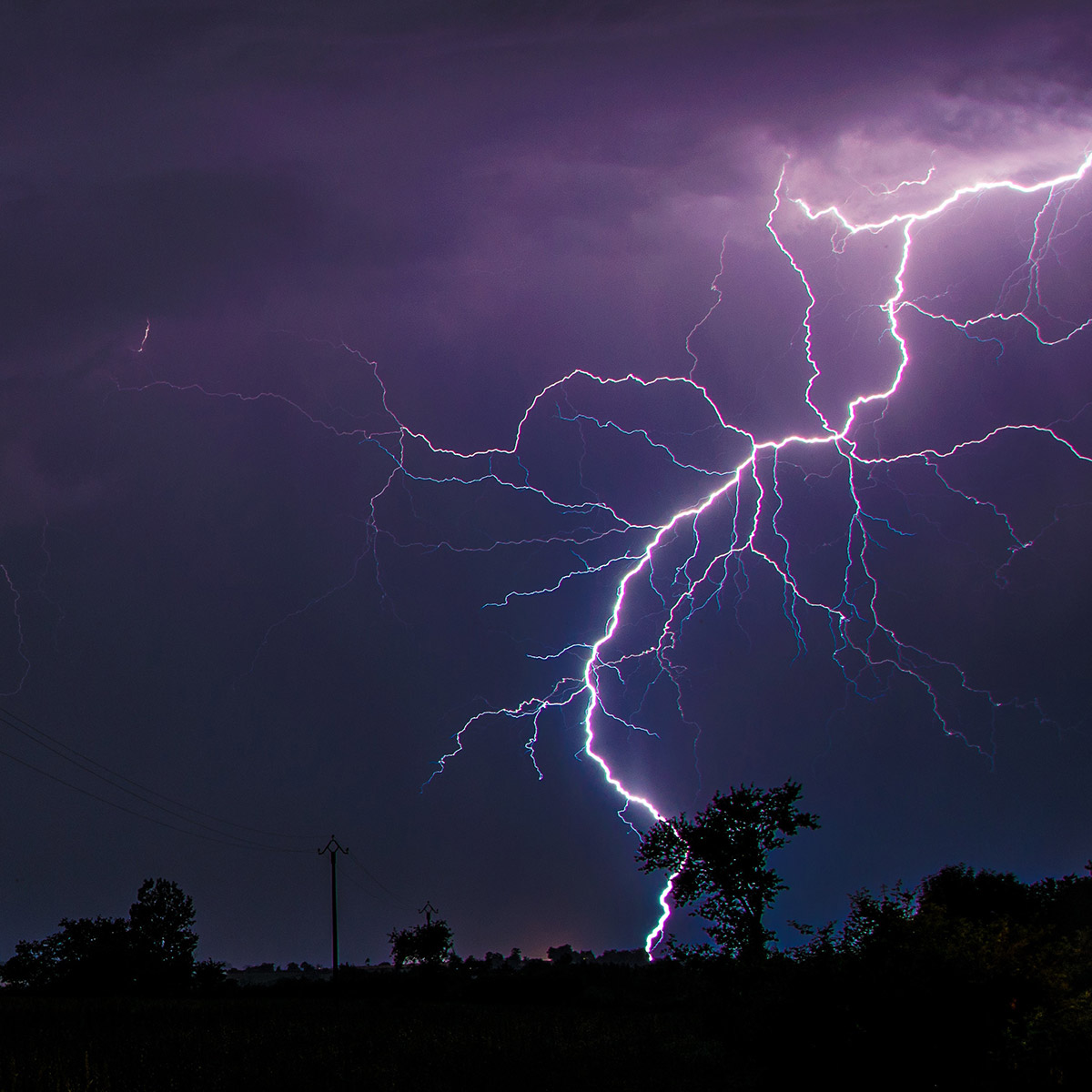
Best available refuge: Protecting yourself when a tornado or hurricane hits
[fa icon="calendar'] Sep 16, 2021 11:30:00 AM / by Greg Hoyt, PE
Tornados and hurricanes are dangerous, extreme wind events. Both types of storms are likely to happen in specific geographies—tornados in the central plains of the U.S. and hurricanes along the Atlantic seaboard and Gulf Coast. Yet these storms can and do happen in other areas.
Read More [fa icon="long-arrow-right"]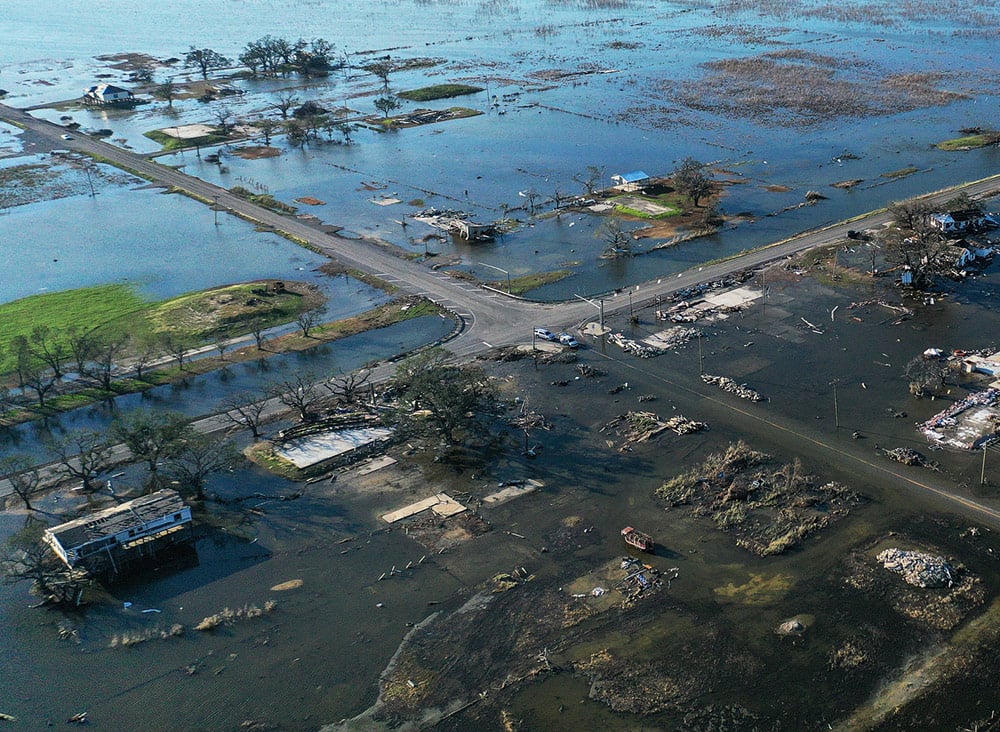
Responding to Catastrophes
[fa icon="calendar'] Aug 17, 2021 6:30:00 AM / by Kenneth R Quigley, PE
Disaster can strike at any time—natural disasters like hurricanes, wild fires, earthquakes, tornadoes; and human-caused catastrophes like pipeline leaks, criminal acts, bridge or building collapses, or industrial, air, or rail accidents. After the initial emergency response, property owners and public officials turn their attention to restoring properties and restarting commerce. Business and property owners and their insurance companies want to know:
Read More [fa icon="long-arrow-right"]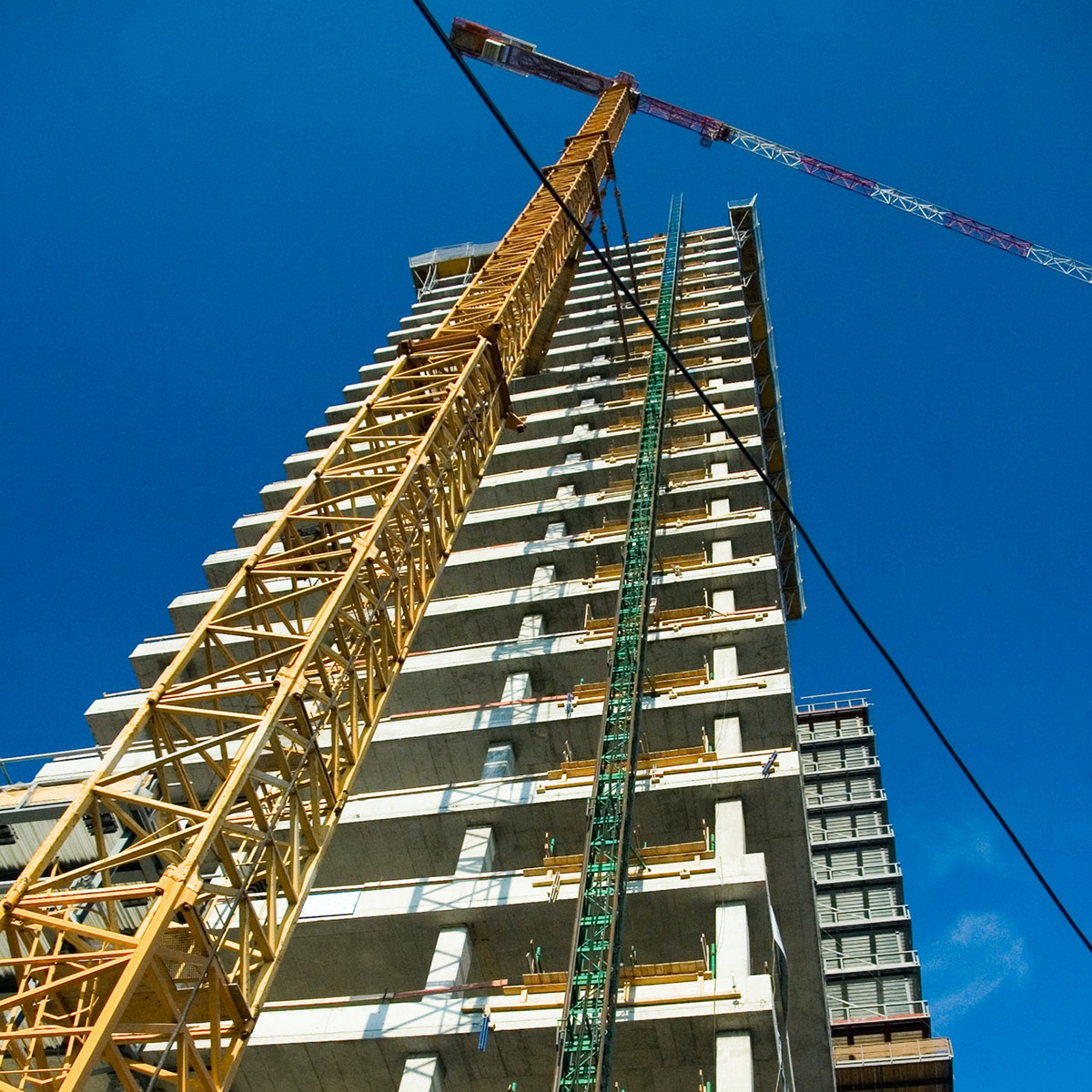
Getting a building back to pre-storm condition: What to expect
[fa icon="calendar'] Jul 27, 2021 10:30:44 AM / by Greg Hoyt, PE
Recovery after a hurricane or tornado is a multi-step process. After the storm has passed and it is safe to be back in the area, it is time for building owners, with the help of their insurance companies, to start the rebuilding process. There are several considerations in rebuilding structures to pre-storm condition, including assessing the damages, making repairs, and the associated costs.
Read More [fa icon="long-arrow-right"]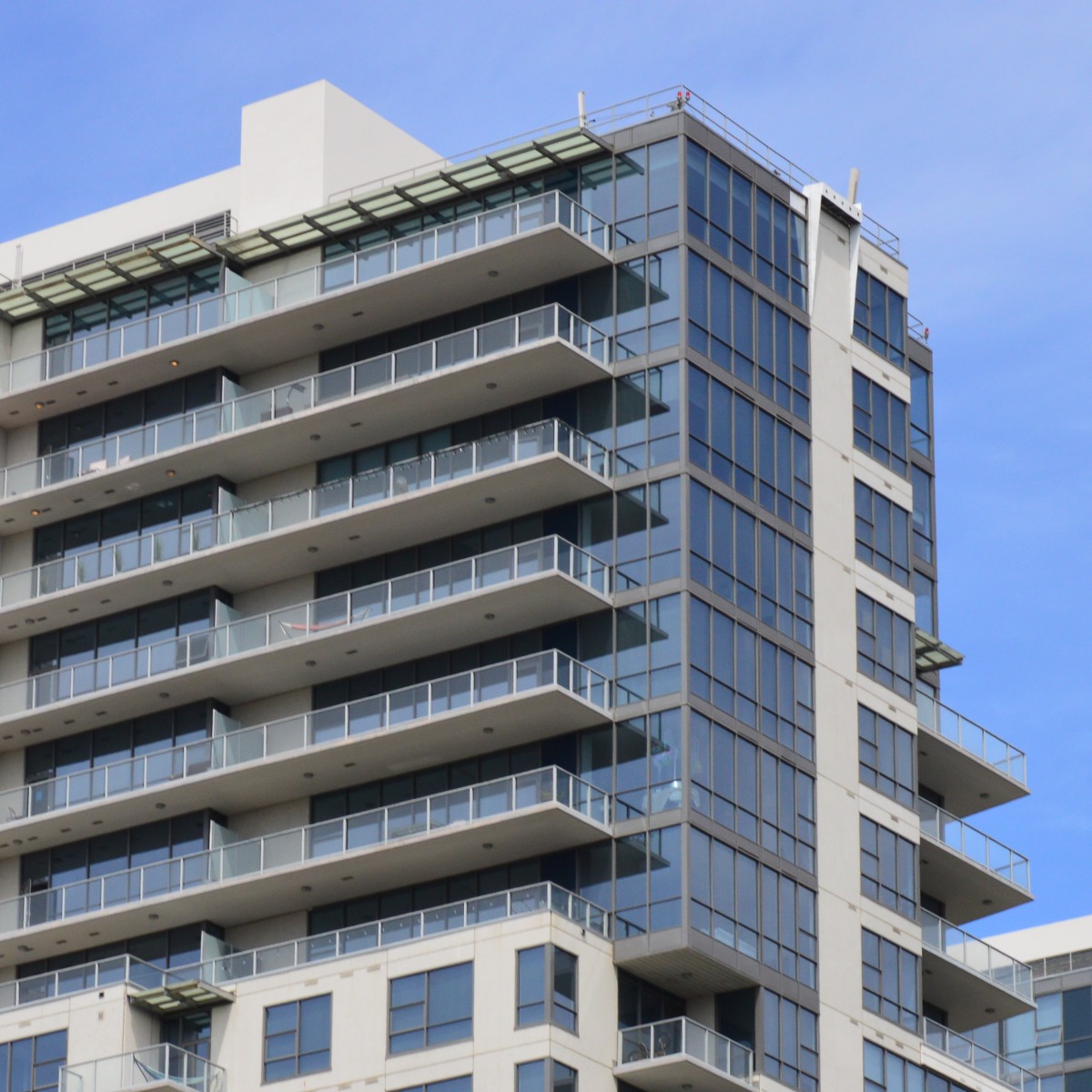
A Structural Engineer’s Nightmare, Champlain Towers South
[fa icon="calendar'] Jul 1, 2021 1:03:30 PM / by Kenneth R Quigley, PE
I am deeply saddened by the tragic news of the fatal collapse of Champlain Towers South Condominium in Surfside, Florida early Thursday morning. My thoughts and prayers are with the victims and their families. I hope for the safety of my Urban Search and Rescue friends and their success in finding miracles in the debris of the building.
Read More [fa icon="long-arrow-right"]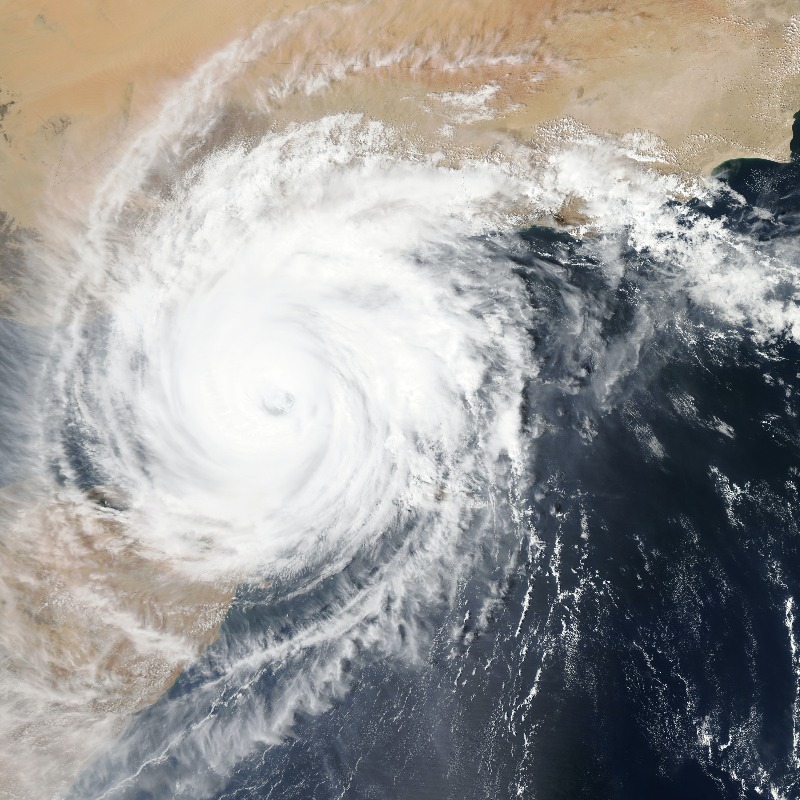
Hurricane Damage Claims - A Primer
[fa icon="calendar'] Jun 10, 2021 6:00:00 AM / by Robert Pfeifer, AIA
Insurance policies may or may not cover all your damages from a storm like a hurricane. In general, for residential policies, most policies cover damages caused by high winds, such as damaged roofing shingles, broken windows, water entering damaged building components, or damage from toppled trees.
Read More [fa icon="long-arrow-right"]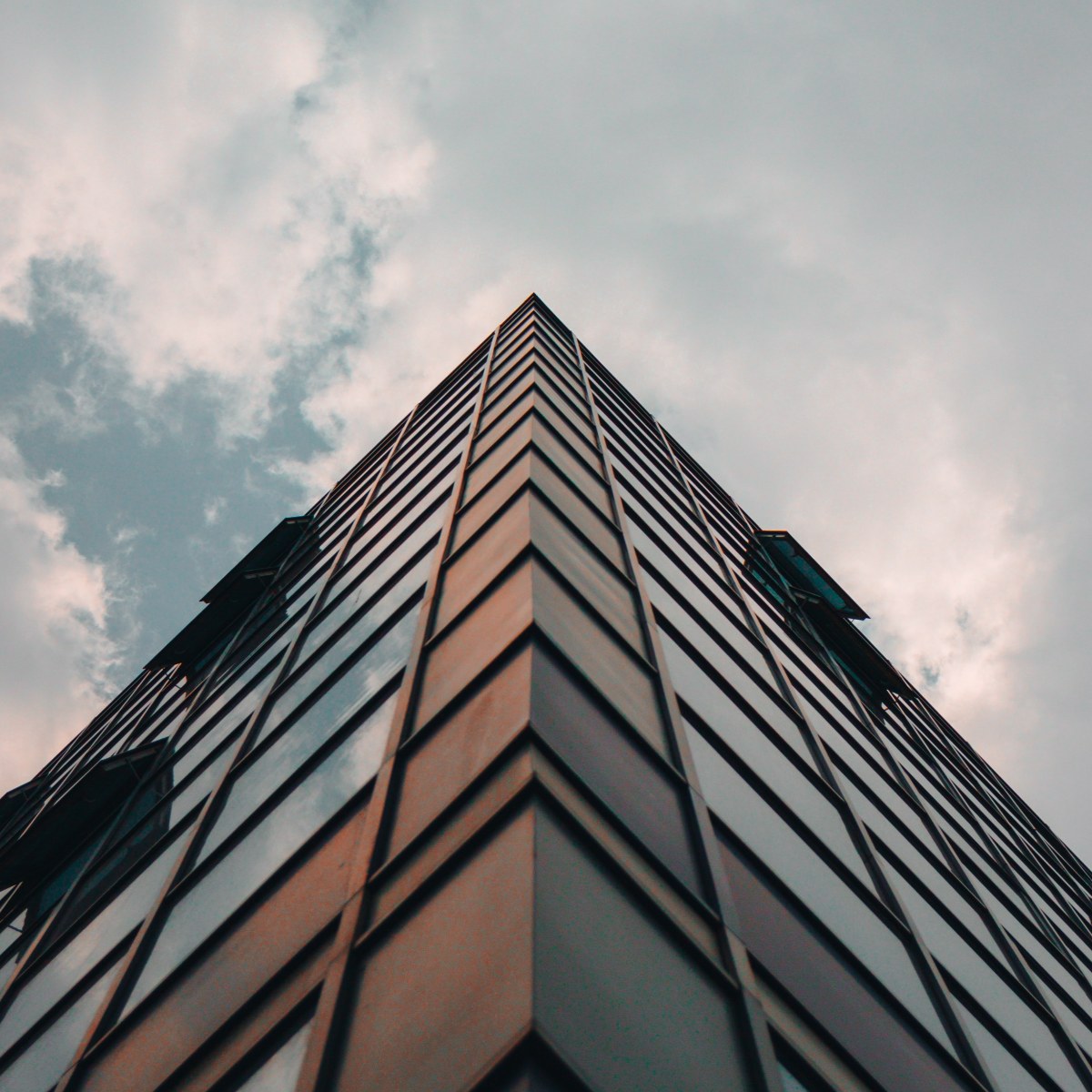
Why Hire a Forensic Architect?
[fa icon="calendar'] Apr 19, 2021 10:15:00 AM / by Kenneth R Quigley, PE
Forensic architects serve multiple purposes throughout construction projects. Most commonly, they are brought in to investigate the root cause of damages caused by construction defects or other damages to buildings. Owners, architects, and contractors also hire forensic architects during the design and construction phase to help identify potential trouble and advise on how to avoid it. These professionals are especially useful when a project team is unable to identify or come to a consensus about the source of a problem. The role of a forensic architect is to be an unbiased, third-party expert, identifying issues within the construction or building, determining causes, and suggesting solutions.
Read More [fa icon="long-arrow-right"]
After the storm: Assessing hurricane damage for insurance claims
[fa icon="calendar'] Sep 14, 2020 2:57:05 PM / by Kenneth R Quigley, PE
Hurricanes wreak significant damage in the coastal areas they hit—destroying the built and natural environments in their path. Once a storm has passed, businesses and property owners focus on recovery and restoring the local economy. A key piece of that process is determining the damage caused by the hurricane. Property owners need to have funds to restore their property or business and insurance adjusters need to provide appropriate funds for covered damages. Both Both need experienced engineers to provide wind and flood assessments suitable for property insurance, to understand their needs and determine the facts to decide and defend claims.
Read More [fa icon="long-arrow-right"]
Managing Legionella Risks During Reopening
[fa icon="calendar'] Jun 24, 2020 12:33:32 PM / by Michael P. Mellette, Sc.D., CIH, CSP, CHMM
The prolonged shutdown of businesses and buildings during the COVID-19 pandemic has resulted in significant reductions in normal water use for many commercial buildings, hotels, and public facilities. These reductions have increased the opportunity for Legionella growth in building water systems and created a significant risk for transmission of this waterborne bacteria to returning occupants. It's important that building owners and managers understand the risks leading to increased Legionella growth and consider them as part of an overall reopening strategy.
Read More [fa icon="long-arrow-right"]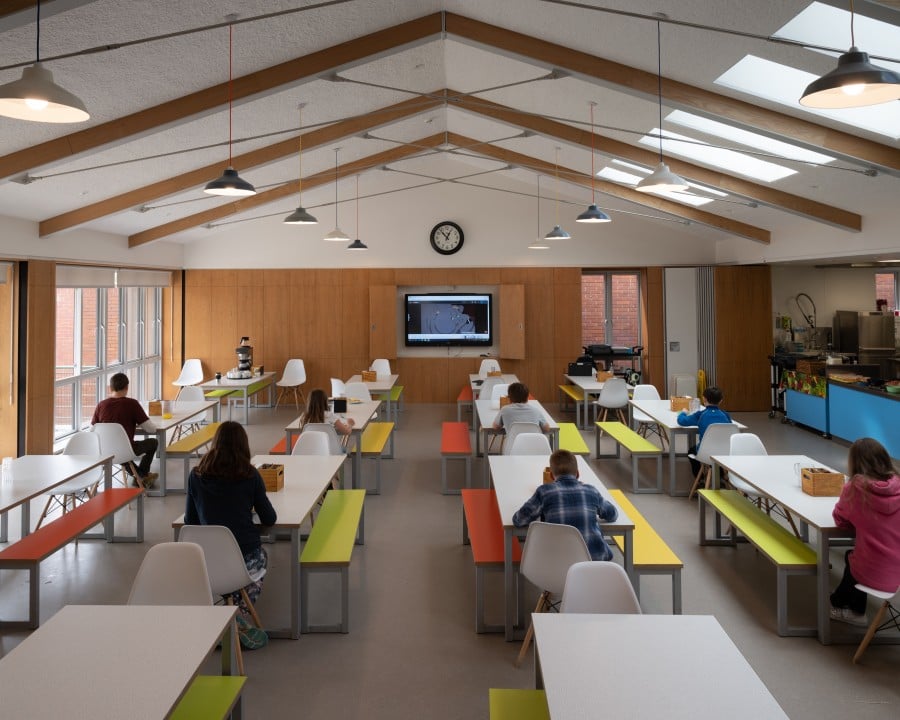
Back to School COVID-19 Basics
[fa icon="calendar'] May 28, 2020 9:33:04 AM / by Martin J. Barry, PhD, CIH, CSP, PE
There are major benefits for students of all ages to return to school. But if a school system reopens business as usual (like in 2019), uncontrolled COVID-19 transmission within the school system and the community could cause major public health problems. Reopening schools with reasonable and workable changes should radically reduce that COVID-19 threat.
Read More [fa icon="long-arrow-right"]
